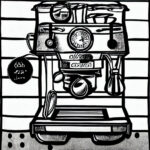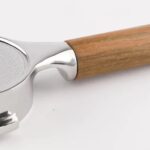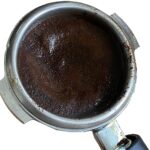Are you tired of using pre-ground coffee? Do you want to step up your coffee game and grind your beans fresh every morning? If so, you need a good coffee grinder. But with so many different types of grinders on the market, it can be hard to know where to start.
In this guide, we’ll explore the three main types of coffee grinders: conical, flat, and blade grinders. We’ll go over how they work, their advantages and disadvantages, and which one might be best for you.
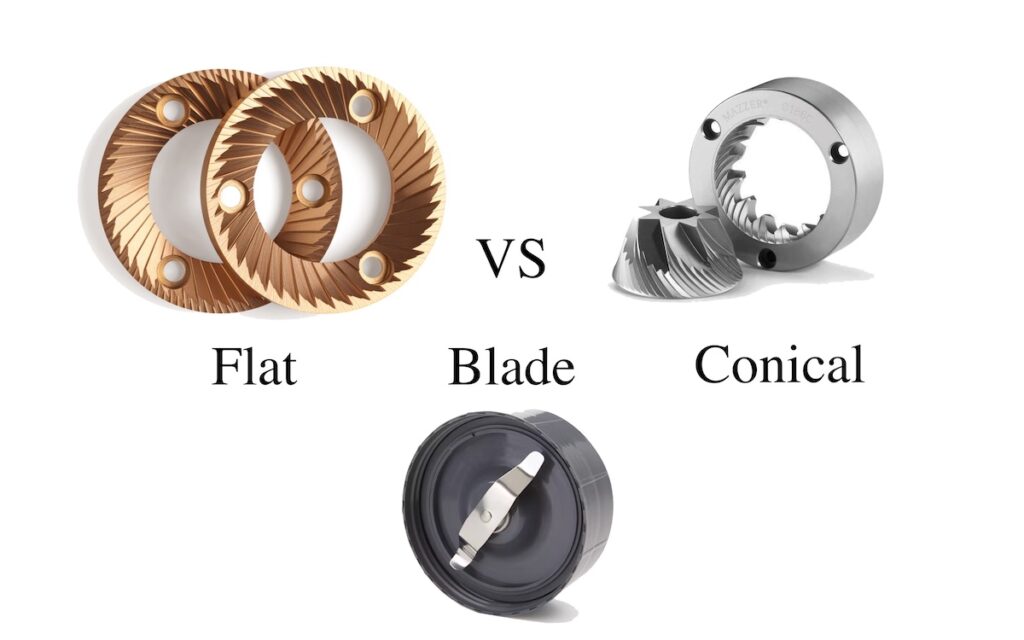
What Is a Coffee Grinder?
First, let’s discuss what a coffee grinder is and why it’s important. A coffee grinder is a tool used to grind whole coffee beans into smaller particles. This process releases the coffee’s oils and flavors, making for a better cup of coffee. When you grind your beans fresh, you can adjust the grind size to suit your preferred brewing method. For example, a finer grind is better for espresso, while a coarser grind is better for French press.
There are three main types of coffee grinders: conical, flat, and blade. Each type has its own unique features, advantages, and disadvantages. Let’s take a closer look at each one.
Conical Grinders
Conical grinders are named for their conical burrs, which are two cone-shaped discs that fit together. One burr is stationary, while the other rotates. The beans are fed through the top of the grinder and fall between the burrs, where they are ground down to the desired size.
Advantages
One advantage of conical grinders is that they produce a consistent grind size. The conical burrs crush the beans rather than slicing them, resulting in a more even grind. This consistency is especially important for espresso, where the grind size can make or break the shot.
Conical grinders also tend to be quieter than other types of grinders, making them a good choice for home use. They also tend to be less expensive than flat grinders, although high-end conical grinders can still be quite pricey.
Disadvantages
One disadvantage of conical grinders is that they can be slower than other types of grinders. The beans have to pass through the narrow gap between the burrs, which can take longer than with a flat grinder. Conical grinders also tend to produce more fines, which can clog up your espresso machine if you’re not careful.
Flat Grinders
Flat grinders, also known as disk grinders, have two flat discs that fit together. Like conical grinders, one disc is stationary while the other rotates. The beans are fed through a hole in the center of the discs and are ground down to the desired size as they pass between them.
Advantages
One advantage of flat grinders is that they are faster than conical grinders. The beans don’t have to pass through a narrow gap, so they can be ground more quickly. Flat grinders also produce fewer fines than conical grinders, which can lead to a cleaner cup of coffee.
Flat grinders are a popular choice for commercial use, as they are fast and efficient. However, they can be louder than conical grinders, which may be a consideration for home use. They also tend to be more expensive than conical grinders, especially at the high end.
Disadvantages
One disadvantage of flat grinders is that they can produce a less consistent grind size than conical grinders. The flat discs slice the beans rather than crushing them, which can lead to uneven particles. This can be a problem for espresso, where a consistent grind is crucial.
Blade Grinders
Blade grinders are the most basic type of grinder and are typically found in home kitchens. They consist of a spinning blade that chops the coffee beans into small pieces. The grind size is determined by the length of time the grinder is in operation, and it is difficult to achieve a consistent grind with a blade grinder.
Advantages
One of the benefits of blade grinders is that they are very affordable and widely available. However, they are not suitable for making high-quality espresso. The inconsistent grind size can result in a weak or bitter cup of coffee, and the heat generated by the spinning blade can alter the flavor of the coffee beans.
Blade grinders are best used for grinding spices or for making drip coffee, where a consistent grind is not as crucial.
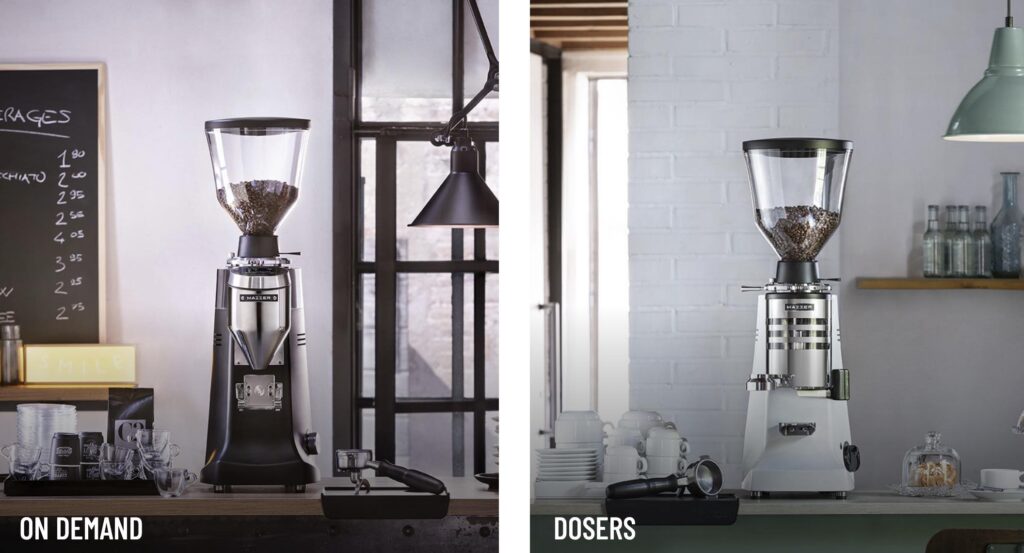
Doser Grinders VS On-demand Grinders
Doser Grinders
Doser grinders have a dosing chamber that dispenses a specific amount of coffee grounds into a container, usually in 7-gram increments, making them convenient for commercial use. However, this method can lead to waste if the grounds are not used immediately, and the dosing chamber can become clogged if not regularly cleaned.
Doser grinders have large bean hoppers that can hold a significant amount of coffee beans, making them ideal for commercial settings where a high volume of coffee is needed. However, some doserless grinders, such as the Niche Zero, have large bean hoppers as well, so the size of the hopper is not necessarily a distinguishing factor between doser and doserless grinders.
The Niche Zero grinder for instance is not classified as an “on-demand” grinder because it does not have a dosing system or a timer for dispensing pre-determined amounts of ground coffee. Instead, it operates as a single-dose grinder, meaning that it grinds only the amount of coffee needed for each individual shot, without any retention of previously ground coffee. This method of operation allows for maximum freshness and flavor of the coffee, but also means that it may take slightly longer to grind the exact amount needed for each shot. Therefore, the Niche Zero is typically referred to as a “single-dose” or “zero retention” grinder, rather than an on-demand grinder.
| Grinder Type | Brand & Model | Comments | Application |
|---|---|---|---|
| Doser Grinders | Mazzer Mini | Durable with stepless adjustment, suitable for light commercial or home use | Light Commercial/Home |
| Doser Grinders | Mazzer Super Jolly | Long-lasting with a sturdy build, commonly found in coffee shops worldwide | Commercial |
| Doser Grinders | Rancilio Kryo ST | Heavy duty, fast, and features aluminum cooling fins, perfect for commercial use | Commercial |
| Doser Grinders | Rancilio Rocky Doser | Reliable with a solid build, but slow and lacks stepless adjustment, ideal for home use | Home |
On-Demand Grinders
On-demand grinders, also known as “grind on demand” or “grind by weight” grinders, grind the coffee beans directly into the portafilter or container, providing fresh coffee grounds without the need for a dosing chamber. This is beneficial for home users or cafes that need to grind small batches of coffee, as the grounds are freshly ground and can be used immediately, reducing waste.
Many cafes prefer to use on-demand grinders rather than doser grinders because they provide more precise control over the amount of coffee that is ground, which can help to minimize waste and improve consistency. On-demand grinders also tend to be faster and more efficient than doser grinders, which is important in a busy cafe environment. However, some cafes still prefer to use doser grinders, particularly those that are focused on traditional espresso preparation methods. Ultimately, the choice between an on-demand grinder and a doser grinder will depend on a variety of factors, including the cafe’s menu, the volume of customers served, and the personal preferences of the baristas.
Examples of On Demand Grinders
| Manufacturer | Model | Description | On-Demand |
|---|---|---|---|
| Eureka | Mignon | Small burrs with stepless adjustment and removable plastic portafilter fork, solid and reliable for home use | Yes |
| Eureka | Mignon Manuale | Features stepless adjustment and removable plastic portafilter fork, and is built to last with a sturdy build, suitable for home use | Yes |
| Eureka | Specialita | Quiet with a touch screen and programmable features, includes a metal removable portafilter fork, available in different colors, suitable for home use | Yes |
| Eureka | Atom | Fast and efficient with a low retention rate, suitable for light commercial or home use | Yes |
| Hey Café | 600 OD | Affordable and performs well, great for commercial use | Yes |
| Mahlkonig | Known for its grind-by-weight functionality and a wide range of on-demand grinders, excellent for high-end commercial and specialty use | Yes | |
| Mazzer | Mini Electronic | Durable with stepless adjustment, but can generate static electricity, making the coffee grounds clump together, ideal for light commercial or home use | Yes |
| Mazzer | Super Jolly Electronic | Robust build with a long lifespan, but can generate static electricity, making the coffee grounds clump together, ideal for commercial use | Yes |
| Nuova Simonelli/Victoria Arduino | Mythos | Features the Clima-Pro function to control bean temperature, one of the top grinders on the market, ideal for high-end commercial and specialty use | Yes |
| Rancilio | Kryo 65 | Heavy duty with strong motor and programmable features such as dosage counter, dosage replacement warning, and more, ideal for commercial use | Yes |


